Dalton Transactions is delighted to announce an upcoming themed issue entitled Pincers and other hemilabile ligands, with guest editors Bert Klein Gebbink and Gerard van Koten. It is our pleasure to invite you to contribute to this themed issue.
Deadline for Submission: 18th February 2011
The field of pincer ligands, and the application of pincer metal complexes in e.g. homogeneous catalysis and synthesis, is currently more active than ever before. Since the pioneering work in the 1970s on classical PCP- and NCN-pincer metal complexes, the chemistry of pincer complexes has developed from structural organometallic chemistry and the trapping and isolation of putative reaction intermediates to applications of pincer complexes in all fields of science not limited to chemistry only and including e.g. chemical biology, materials science, and medicine. One can now truly speak about pincers as being among the ‘privileged ligands’ in transition metal chemistry.
This themed issue aims to grasp the current momentum in pincer chemistry and hopes to bring together contributions from experts in the field, involved in either the fundamental development of new pincer manifolds or in the multidisciplinary application of these organometallic entities, and any pincer-related chemistry anywhere in between these facets. We are aiming to highlight contributions from leading experts of the field in this issue. All types of manuscript, Communications, Full Papers, Frontiers and Perspectives, will be considered for publication.
The manuscript should be prepared according to the format for regular articles and will be subjected to the normal refereeing procedure. Manuscripts should be submitted no later than 18th February 2011 by using the web submissions service. Please indicate on submission that your manuscript is intended for this themed issue. Please direct any questions to the Dalton Transactions Editorial Office.
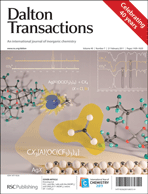 View the latest issue of Dalton Transactions or read this week’s cover article, a Paper by Ingo Krossing and colleagues from Albert-Ludwigs-Universität, Freiburg, on the preparation of four new trihalocarbenium salts by a silver salt metathesis route.
View the latest issue of Dalton Transactions or read this week’s cover article, a Paper by Ingo Krossing and colleagues from Albert-Ludwigs-Universität, Freiburg, on the preparation of four new trihalocarbenium salts by a silver salt metathesis route.

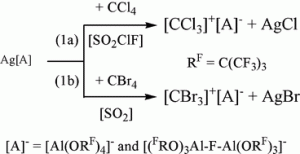









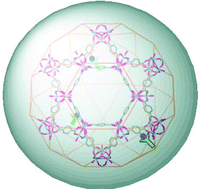



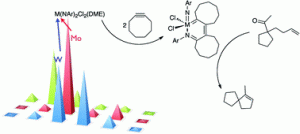
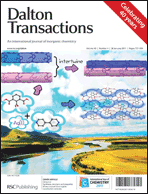 Syntheses, structures and properties of two unusual silver–organic coordination networks: 1D-1D tubular intertwinement and existence of an infinite winding water chain
Syntheses, structures and properties of two unusual silver–organic coordination networks: 1D-1D tubular intertwinement and existence of an infinite winding water chain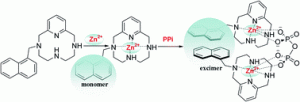 r read the original paper.
r read the original paper.